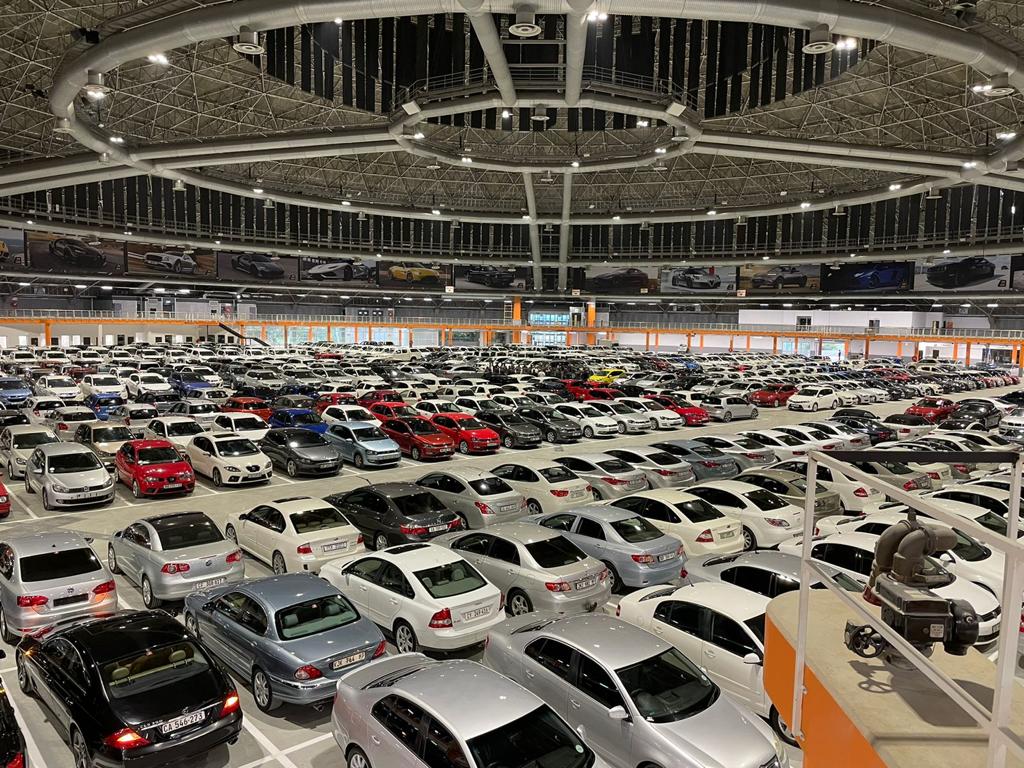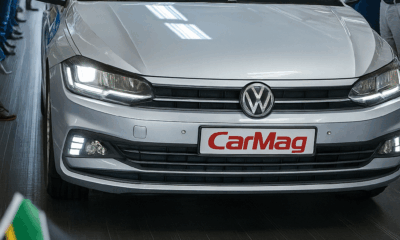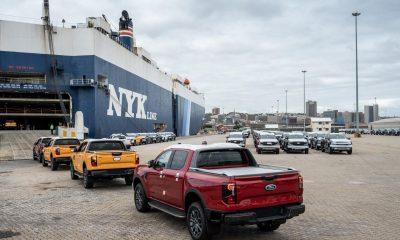Business
South Africa’s New Vehicle Sales Accelerate by 22% Thanks to Timely Rate Cut

May 2025 brought welcome news for South Africa’s automotive industry. New vehicle sales hit 45,308 units, a remarkable 22% increase compared to the same month last year. It’s a clear sign that the sector is bouncing back, fueled in large part by the recent interest rate cut from the South African Reserve Bank.
Mikel Mabasa, CEO of naamsa, put it simply: the rate cut couldn’t have come at a better time. With global economic uncertainty still casting shadows, this move is making vehicles more affordable for South African consumers while helping local manufacturers stay competitive.
What the Numbers Tell Us
Digging into the details, dealer sales formed the backbone of this surge, making up about 88% of total sales. Vehicle rental companies scooped up nearly 7%, with corporate fleets and government purchases making up the rest.
Passenger cars stole the spotlight, with 31,741 units sold—a healthy 30% jump from May 2024. Meanwhile, the light commercial vehicle segment, including bakkies and mini-buses, grew by nearly 6%. The medium and heavy truck categories also posted gains of 22.7% and 6.7%, respectively.
Such growth suggests a broad-based recovery, not just a spike in one area of the market.
How the Rate Cut Changed the Game
The SARB’s decision to ease interest rates lowered financing costs, giving consumers some much-needed breathing room to consider new vehicles. Beyond just retail buyers, manufacturers also stand to benefit. Lower borrowing costs mean they can invest in upgrading factories and tooling, which is crucial for keeping South African-made vehicles competitive on the global stage.
The improved macroeconomic outlook, with softer inflation and a more stable oil price forecast, means consumers and businesses can plan with a bit more confidence. Mabasa emphasized that this environment creates a more fertile ground for growth, especially as the industry navigates global challenges like shifting tariffs and trade disruptions.
Export Sales Face Headwinds
Not everything is rosy, though. Exports of vehicles fell by nearly 15% in May, largely due to a major manufacturer pausing production for essential factory upgrades ahead of launching a new model. Despite this monthly dip, year-to-date export volumes remain slightly ahead of last year.
This highlights a persistent tension: while domestic demand is on the rise, global trade conditions remain fragile. Protecting export competitiveness through smart policy and diversified markets is more important than ever.
Dealers See Hope But Warn of Challenges
Brandon Cohen, Chairperson of the National Automobile Dealers’ Association, sees the rate cut as a positive step, though not a silver bullet. He notes it will take months to fully feel the benefits in sales figures and that interest rate relief alone won’t solve deeper economic challenges like high unemployment and limited consumer spending power.
Still, Cohen is cautiously optimistic. In a tough financial climate for many South Africans, any move that nudges consumer confidence upward can help reignite demand.
Keeping the Momentum
South Africa’s automotive sector has shown remarkable resilience over the years. With lower interest rates easing the cost of borrowing, manufacturers and buyers alike have new incentives to move forward. But sustaining this momentum will require ongoing attention to economic fundamentals, supportive government policies, and the ability to adapt to a shifting global landscape.
If you’re thinking of buying a new vehicle, now could be a great time to explore your options. And for industry players, this period is a reminder that agility and investment remain key to long-term success.
{Source: IOL}
Follow Joburg ETC on Facebook, Twitter , TikTok and Instagram
For more News in Johannesburg, visit joburgetc.com



















